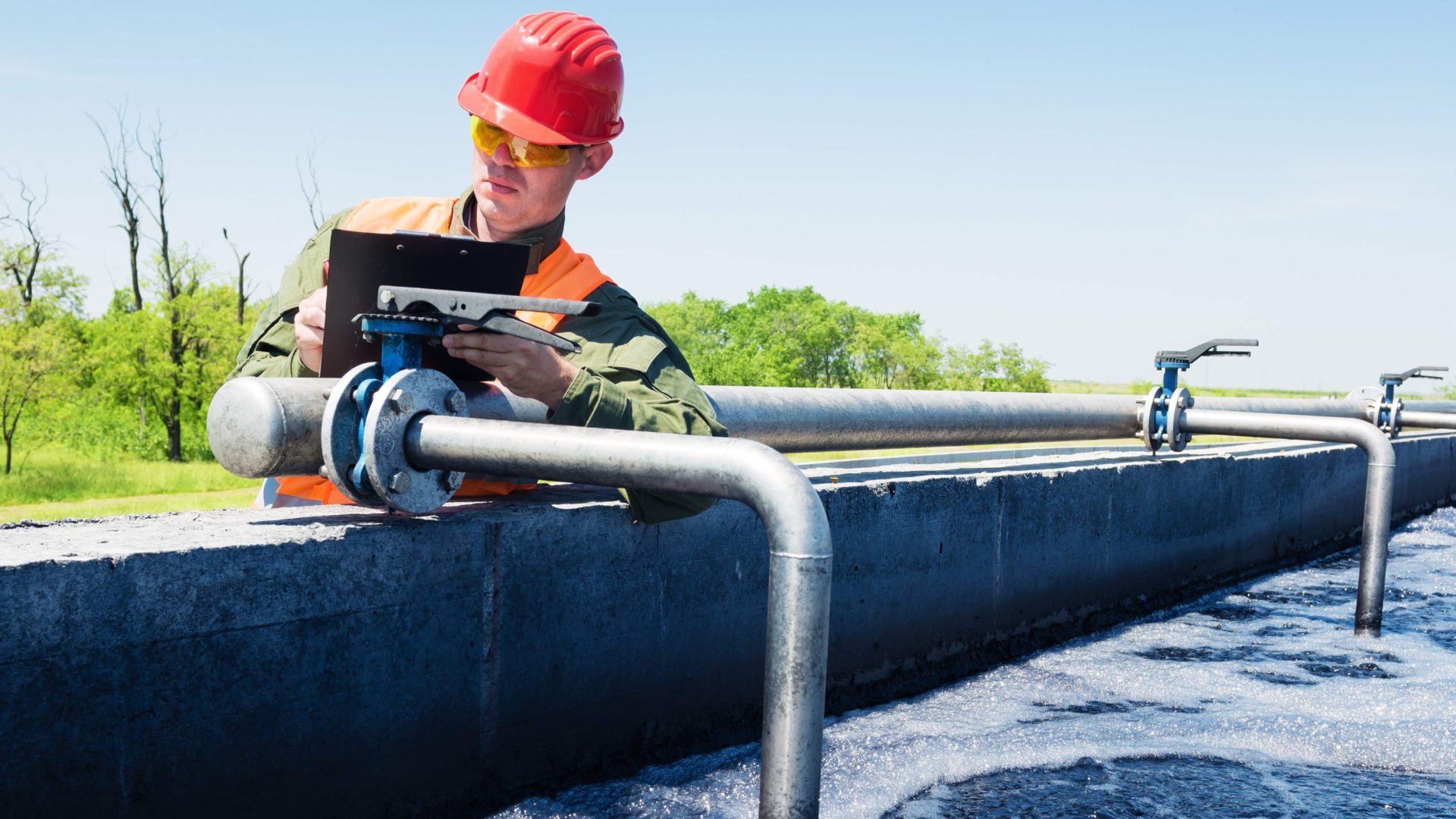Figures published by the Engineering Construction Industry Training Board reveals that employers in the water sector are more optimistic than the wider engineering construction industry (ECI) and expect their workforce to increase by 16% in the next three years, compared to 12% in the industry.
The report states that this positive growth outlook “reflects historically high investments and the likelihood that such investment will continue to sustain the sector’s activities in the coming years”.
The ECITB published the overarching findings of its latest Workforce Census in January, offering a comprehensive overview of the ECI workforce. This covered demographic distribution and trends across sectors and regions, hiring challenges and business opportunities over the next three years.
The industry-led skills body has now published a sectoral breakdown of the Census with detailed analysis on disparities across the ECI’s different sectors, which include oil and gas, nuclear, power generation, renewables, chemicals, food and drink, pharmaceuticals and water treatment.
The report provides an up-to-date snapshot of the workforce, having gathered data on more than 2,500 workers in the water and waste treatment sector.
This follows the announcement in December when regulator Ofwat confirmed it would allow water companies in England and Wales to invest a record-breaking £104 billion over the next five years for the eighth asset management period (AMP8) to accelerate delivery of cleaner rivers and seas and secure long-term drinking water supplies for customers.
ECITB Chief Executive Andrew Hockey said:
“The Census is vital in helping industry understand labour market dynamics, anticipate workforce challenges and develop strategies to address skill gaps across Great Britain.
“Our Sectoral Workforce Census report highlights that each sector exhibits distinct demographic characteristics. It provides detailed occupational headcounts and sector-specific hiring challenges, giving us unique insights into workforce capabilities and training needs in the water and waste treatment sector.
“Only through bringing in new talent and training and upskilling existing workers can industry secure the skilled workforce it needs both for now and the future.
“The ECITB will continue to support employers in the water sector to invest in their talent pipeline – helping grow the number of apprenticeships and graduate opportunities, developing alternative entry pathways and funding quality training to upskill and reskill the workforce.”
Other findings on the water and waste treatment sector
- The sector accounts for 2.9% of the overall ECI workforce.
- Key workforce hotspots are in Glasgow, Manchester, Derby, Peterborough, Maple Cross, London and Brighton.
- Workers below 30 represent 23% of the workforce, with a third (33%) aged over 50.
- Women make up 20% of the workforce compared to 17% in the wider ECI.
- The most important occupations by workforce size in the sector include mechanical fitters, pipefitters, electricians, electrical fitters, scaffolders, planners, project managers, commissioning engineers and design technicians.
- Employers experiencing difficulties filling vacancies attribute these challenges to a lack of qualifications and skills, as well as insufficient resources to offer competitive compensation to potential new entrants.
- Roles such as pipefitters, welders, instrumentation and control technicians, site managers, electricians and design engineers were frequently mentioned by employers in the sector as difficult to recruit.
The ECITB conducts a census every three years, with in-scope employers providing information on workforce numbers by occupation, sector and location, as well as demographics data on age, gender, ethnicity and nationality.
Employers primarily involved in engineering construction are considered ‘in-scope’ of the ECITB’s remit, with those exceeding a certain size legally required to contribute to an industrial training levy.
In summer 2024, employers were asked to fill out an online survey which included questions on expected workforce growth, business opportunities by sector and hiring challenges.
Andrew added: “Thanks to a record response rate, up from 54% of the ECI workforce covered in 2021 to 78.8%, the ECITB will now be able to provide more precise, up-to-date data to industry and make predictions on future workforce trends and labour demands in the water sector.
“The Census data will help inform training interventions and ensure accurate representation of industry in our discussions with governments and other partners.”
Find out more about the ECITB Workforce Census at: www.ecitb.org.uk/research/census/



